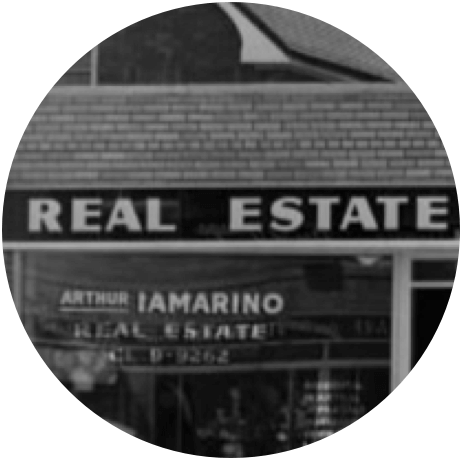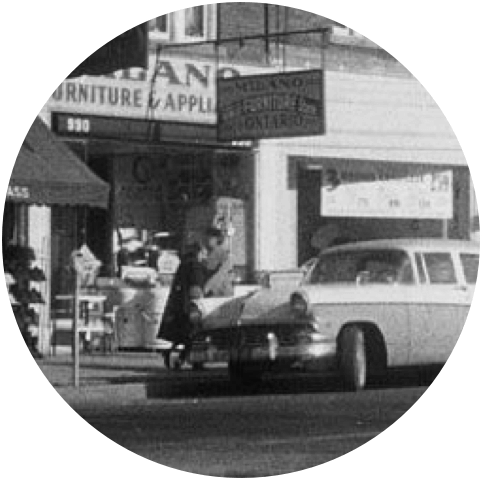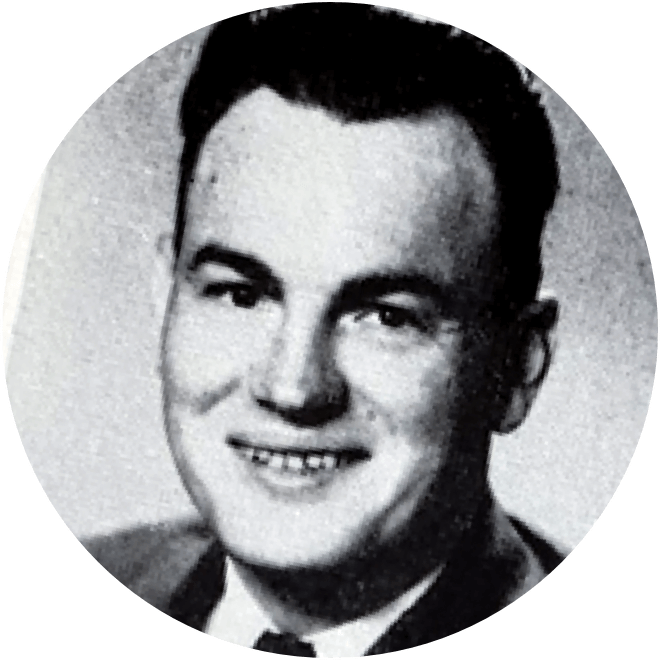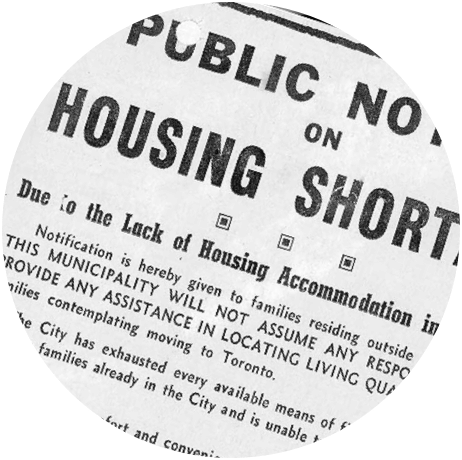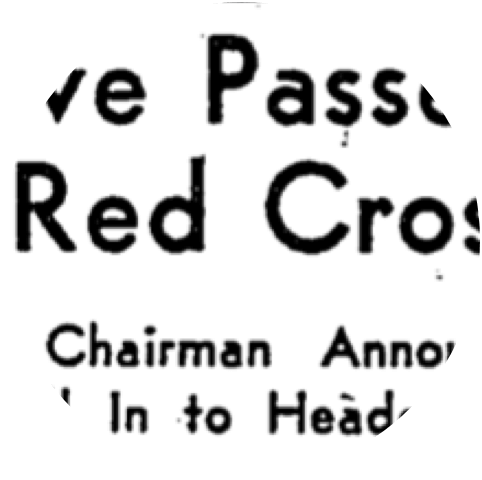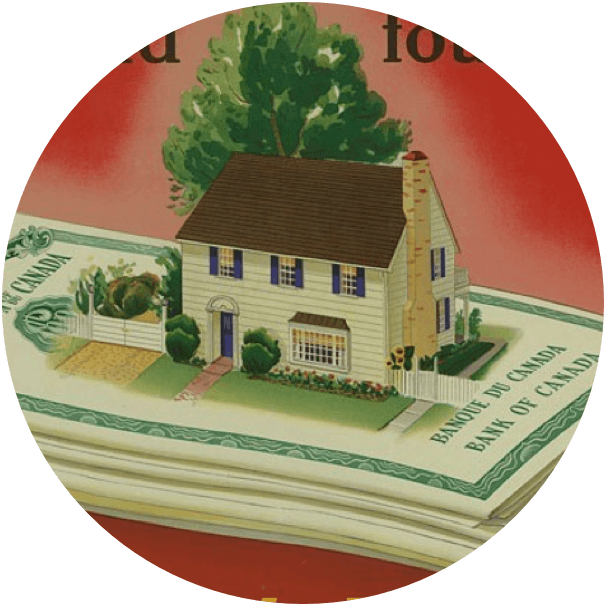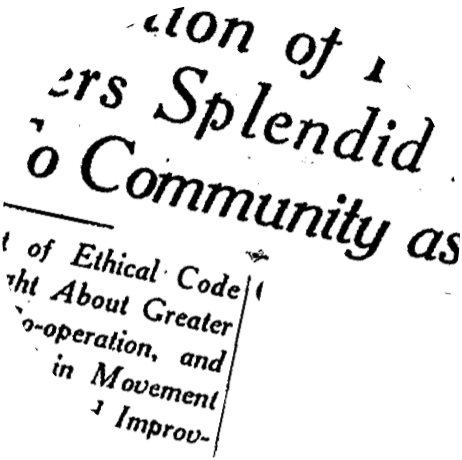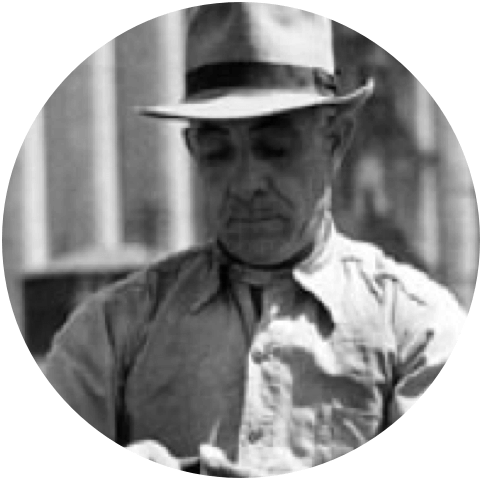TRREB Member Ram Rajendram speaks about making a contribution to Toronto as an industry: “What I find fascinating about this business is you can be whoever you want to be, but you have to be authentic … So, I think one has to be true to oneself to figure out where your niche is and how you come across to people. And you have to ask questions to get that, how do you come across and you know what do people see in you? And then try to play to those strengths, because it is a competitive business as well. And so, if you bring something that is very authentic or is true to oneself that it feels to a specific buyer, they can sense that, right. There’s a purpose for authenticity in the world I think and that applies to everything, and real estate too.”
Author: mariak@trebnet.net
Little Italy
Little Italy, The Beaches, Leslieville. Rosedale, Koreatown, The Danforth. The growth of Toronto is reflected in the expansion of its neighborhoods. Each neighborhood has its own distinct character and beauty, from distinct architecture to local restaurants, grocery stores and other amenities. Over the years, REALTORS® have sponsored local baseball and soccer teams, volunteered at local charity events, and have been visible on local bus bench ads. TRREB Members are proud to be part of their local communities.
Real Estate as a Career
Community outreach has always been a part of TRREB’s mandate. Believing that we are stronger together, TRREB has participated in many types of community events to promote the benefits of home ownership, of investment, and of the profession. REALTORS® are also involved in local and national industry groups, through the Board and through their individual brokerages. For example, Past President Ralph Magee (1968) was both President of TRREB and of the Toronto Board of Trade simultaneously, along with directorships at the National Association of REALTORS®, the Real Estate Institute of Canada, the Society of Real Estate Counsellors, and the Ontario Real Estate Association.
Community Zoning
Community zoning has always been of interest to TRREB Members. The control of land use impacted the type of housing, buildings, other structures that could be built, and their marketability. As bylaws specify the permitted uses (e.g., commercial or residential) and required standards (e.g., building size and location), in-depth knowledge of zoning is important to REALTORS®, whether fifty years ago or today.
Know Your Members
After WWII, some returning soldiers turned to real estate as a profession. Corresponding with the building of Toronto’s suburbs, many new REALTORS® found success during this booming time. The Veterans’ Land Act (1942) helped veterans buy land for their homes or businesses on a twenty-five-year mortgage at three-and-a-half per cent interest.
Housing Shortage
“The growing demand for low-cost accommodations brought on by World War II, with the need to house munitions workers as well as returning veterans, led to the federal government’s first direct involvement in new house construction. Although the city and neighbouring municipalities were involved in the construction of emergency housing to cope with shortages, it was the federal government that became the major player on the local scene, constructing large tracts of housing in the townships around Toronto. In the postwar period, the federal government scaled down and finally withdrew from its housing programs, leaving the provision of housing to the private sector.” (“Your Home Our City: Wartime Housing,” City of Toronto)
Globe and Mail Headlines
The war effort spurred high levels of volunteerism throughout Toronto. When the need was high, so was the enthusiasm of the citizenry towards charity and public works. Though overall numbers are not available, Toronto-area REALTORS® certainly paid their dues on the front lines. Postwar biographies of new TRREB Members and Presidents often mentioned their military service. For example, Past President Joseph Abela served in the British army, and Douglas Brownridge was in the RCAF.
Buy Victory Bonds
“Canadians’ willingness to loan money to their own government by buying war bonds exceeded all expectations. No bond issue in Canadian history had raised more than $5 million, but Ottawa’s first ’victory bond’ drive brought in $100 million, twice the initial estimate. Subsequent drives proved just as successful. Publicity campaigns, including tens of thousands of posters, linked buying bonds to the direct support and welfare of soldiers overseas and used a variety of messages to encourage contributions, from well-known poems to emotional imagery.” (“Finance and War Production,” Canadian War Museum) These bonds helped thousands of people save towards their first home purchase.
Development of Ethical Code Article
At the turn of the 20th century, unethical and often criminal salespeople called “curbstoners” preyed on those unfamiliar with real estate purchasing. This unregulated time of speculation and property selling came to a close when TRREB was established and the Code of Ethics adopted. Even five years after its establishment, TRREB received kudos in the press for its professional approach to community building.
The Victory Garden
With World War II came shortages of all types, and the rise of the Victory Garden. Homeowners planted vegetables to offset meager wartime rations. In addition, the more produce grown by Canadians in front yards, vacant lots, apartment green spaces, and repurposed flower gardens, the more food could be shipped overseas to soldiers and allied countries. At TRREB, the Board held enlisted memberships for real estate practitioners at no cost for the duration of the conflict.
